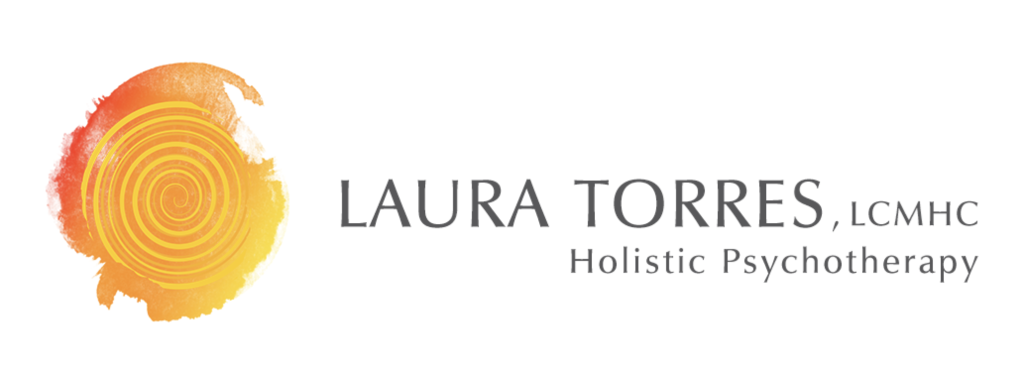“There is no truth except the truth that exists within you. Everything else is what someone is telling you.” -Neale Donald Walsch
This post was inspired by the June Monthly Forecast from The Power Path School of Shamansim. This month’s forecast was all about checking our reality–basically “discerning between a reality congruent with your own emotional truth and other imposing reality that is non-congruent”. This opposing reality can come from cultural messages, from traumatic or stressful life experiences, from modeling and messages we received growing up in our family system, from our own ego defenses, and from our significant relationships (partners, friends, family). According to the Power Path’s forecast, during this month, we’re supported in checking in with our realities and making sure that the reality we’re living in is congruent with our own emotional truth.
Seems clear enough, right? But teasing out our own reality can be a little tricky. It can be especially murky in context of relationships. Our ability to set healthy boundaries is directly related to our ability to know what is true for us. Especially for those of us who are highly sensitive, it can be easy to take on others’ versions of reality. We are often so adept at sensing into someone else’s perspective that we can start to doubt or question our own experience. Given June’s monthly forecast supporting us to check our realities, I decided it might be helpful to offer some concrete tools and practices to do so.
:
- Track sensations in your body. One of my mentors referred to our in-the-moment sensations as ‘micro-truths’. These are our truths at a most basic level and contacting our felt experience in the present moment is always available to us. For example, if I’m feeling confused about a situation and unclear as to what is true for me, I can get clearer by just noticing the sensations I feel like tightness in my chest and heat. Sensations can be like the guidepost or starting point that leads to more clarity. Explore checking in and tracking sensations throughout the day. The more you do it at neutral times, the easier it’ll be when there’s more going on.
- Clarify what a felt sense of ‘true’ and ‘not true’ feels like for you. Think about times when you felt a clear connection with your truth or a clear disconnection. How did you know? Here are some ideas: True: Warm, expanded, lighter, energized or positive feeling OR you might feel calm, centered, and grounded. I often feel emotionally moved when something really rings true for me in a pleasant way. Not true: Tightening, constriction, or heaviness in your chest-heart area, throat, or your gut or feelings of anxiety, tension, stress.
- Ask yourself: What is true for me? Sometimes we know what is true and all we need to do it ask ourselves. Sometimes we can get so caught up in what is expected of us or in not disappointing someone that we don’t even notice what’s true for us. So start by just asking yourself the question (without focusing on managing anyone’s response to you): ‘what is true for me?’ Then you get choose how to respond/what to do with this information but as least you’re acknowledging what is true for you. There may be times where you notice and acknowledge your truth and choose not to act on it or not to voice it aloud and that’s okay. It may be something like ‘I feel so unhappy in this job and I the idea of leaving feels overwhelming.’ There can be some incredible relief in just acknowledging what’s true in this moment.
- Notice the presence of your truth throughout the day on small levels. We all have a core self. We all have our truth. Sometimes it’s just hard to hear with all of the competing internal and external voices. Start to pay attention to times you hear it loud and clear–perhaps with small, in-the-moment experiences when there’s not as much to compete with, like ‘I’m thirsty’ or ‘My body is tired.’ or ‘The sun feels so nice on my skin.’ or ‘I feel stuck.’ The more we pay attention to this voice, the easier it’ll be to hear when we’re in more complex situations.
- Use discrimination when getting input from others. So often we look for our truth outside of us. We ask for other’s opinions on the issue or want validation for our experience. Sometimes this is helpful. Like when you’re not sure what you want and you flip a coin and get the opposite of what you want and you realize you actually did have a preference. Or we have a hunch and someone affirms it and it feels even clearer. Just make sure not to swallow someone else’s opinion whole. Check it out internally first, try it on. Does it feel true?
- Practice mindfulness. I can’t say enough how helpful a regular mindfulness practice is. It doesn’t have to be a sitting mindfulness practice, though I like the idea of a daily practice. You could just take time to be mindful (aware of your experience in the present moment without judgement) throughout the day, while you’re washing dishes, while you’re cooking, etc. The more often we practice noticing what’s happening on in the inside in the present moment, the easier it’ll be to notice when there’s a lot of other stuff going on.
- Play around with speaking your truth in small ways. Perhaps you’re at a restaurant and you’re feeling rushed to decide and aren’t quite sure what you want to order yet but everyone else is. Instead of just picking something, say ‘I need a little more time’. Notice how it feels to acknowledge and speak your truth aloud. Focus on acknowledging your truth rather than on others’ reception of it or response to it. Again, the more often you do it, the easier it will be.
Often there are many layers of truth so be gentle with yourself as you play around with checking your reality. We might feel like we’ve landed on our truth only to later discover it’s another story we’re telling ourselves so don’t get too bogged down in this process. It’s also important to remember that what feels true isn’t always comfortable. Even in these uncomfortable spaces, however, there seems to be some settling when we acknowledge what’s true. ‘Checking your reality’ is really about ‘being OK with your reality, embracing it, and allowing others to have theirs without judgement’. It’s my hope that these practices will support you in feeling more empowered and having deeper and more authentic connections with yourself and with others.
As always, I would love to hear from you!
Challenge: Choose one of the practices above, write it on a post it, and stick it somewhere you can see it regularly. Practice it daily for a week and see what difference you notice.
Affirmation: I choose to acknowledge my truth even if it’s uncomfortable.

